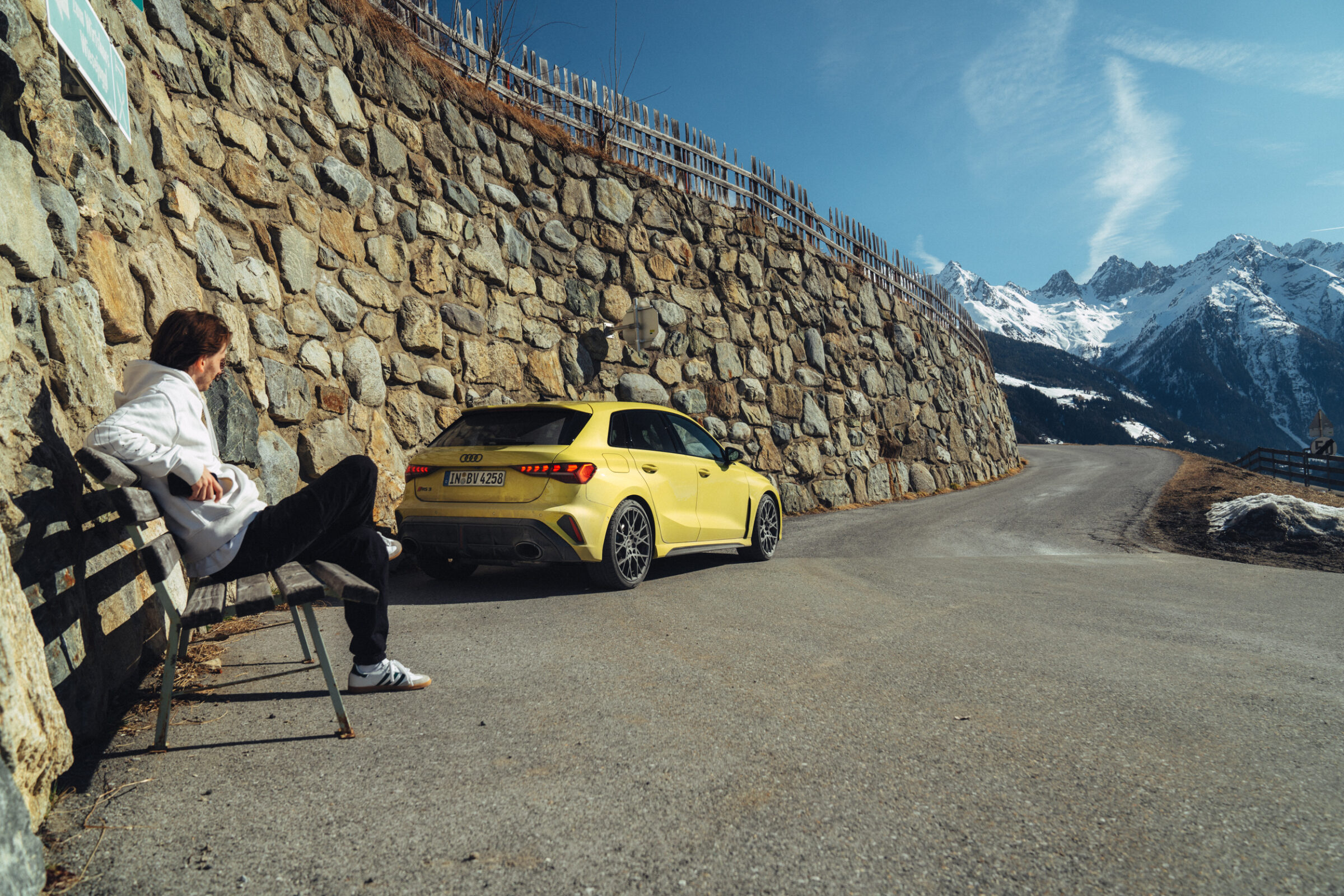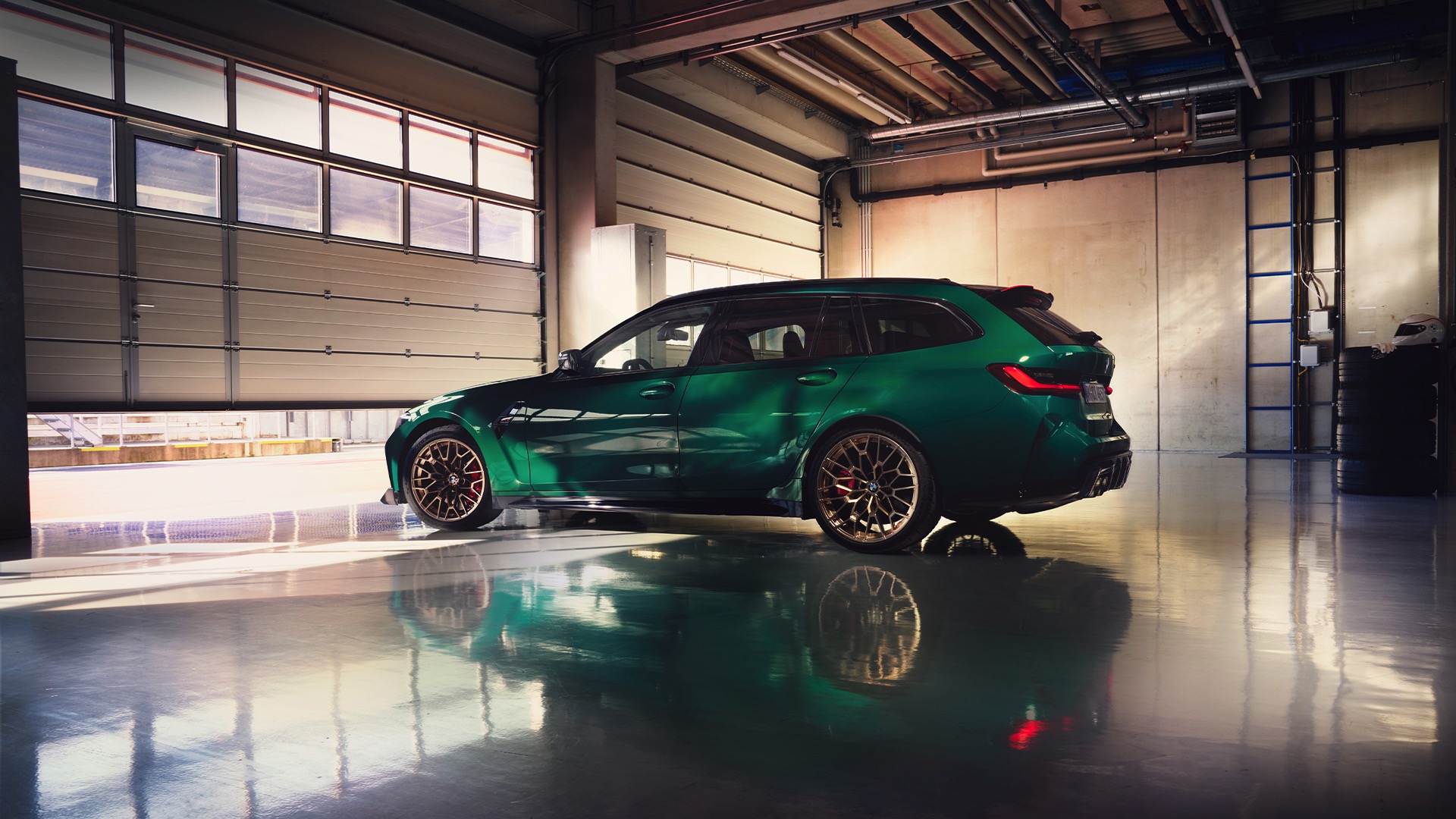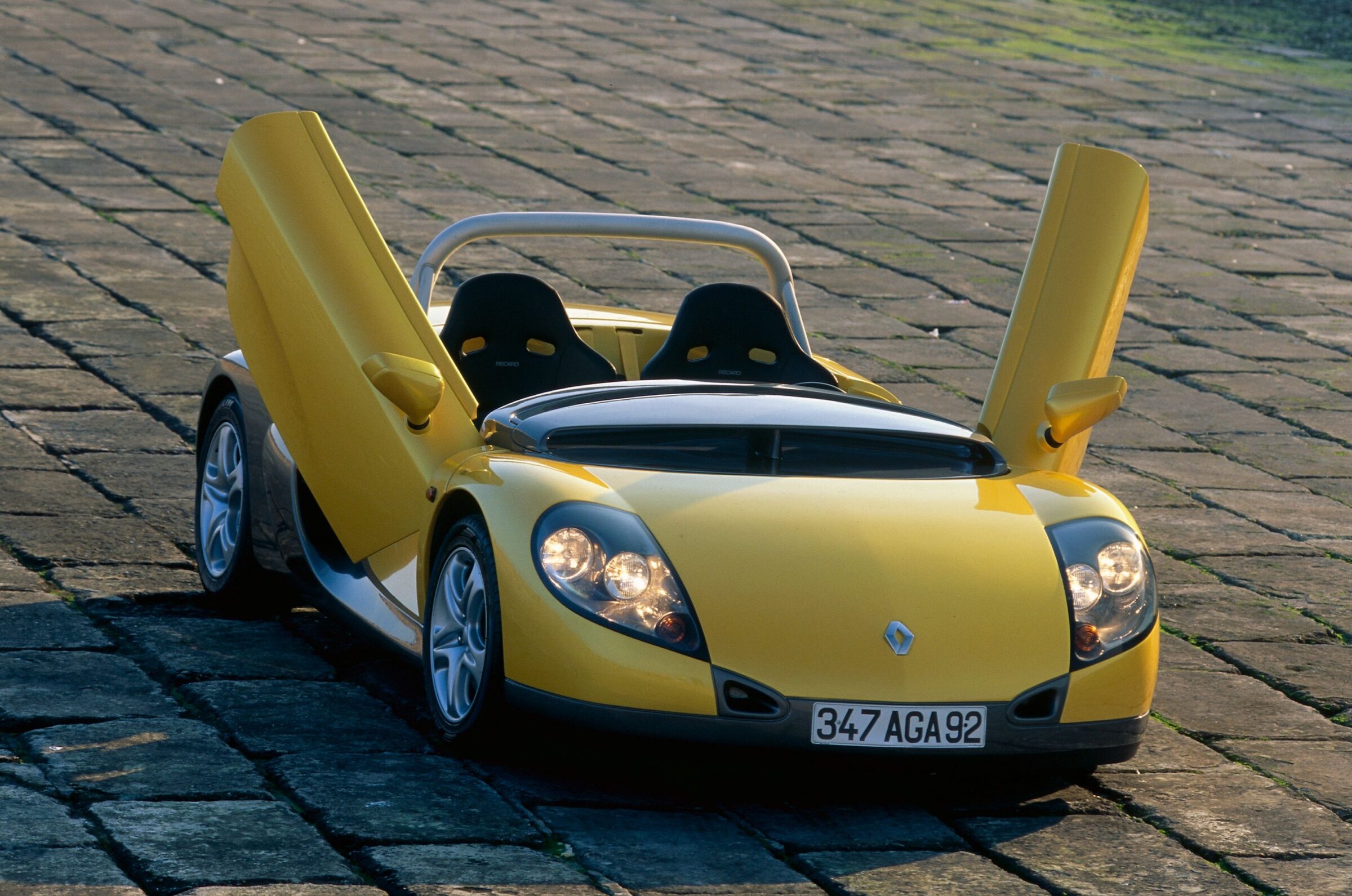Porsche – The history of the 911 Turbo
All beginnings were quick – this is how the history of the Porsche 911 Turbo could be described. While today turbochargers are often only used to increase the efficiency of smaller sized engines, in the 1970s they slowly but steadily came up to provide additional power and performance, especially in racing cars. Porsche was one of the pioneers who adapted this technology from trucks, agricultural equipment and stationary applications, where it helped diesel engines to achieve greater performance, to petrol engines. The first vehicle from the holy halls in Zuffenhausen was the now famous and infamous 917/30 with up to 1,500 hp at full boost, with which the North American Can-Am series was mastered at will. Finally, Porsche was banned by the rule makers. In 1974, a few examples of the 911 Carrera RSR 2.1 Turbo were built in preparation for the new brand world championship for production cars from 1975. With the new vehicle, the company competed in the prototype class at Le Mans and in other endurance races. The regulations stipulated turbo engines with a handicap factor of 1.4. The capacity was therefore multiplied by 1.4 to give the actual grouping. Porsche ended up with just under three liters of capacity with this calculation. Depending on the set boost pressure, up to 500 hp hit on just 825 kilograms of kerb weight.
911 Turbo 3.0 and 3.3
In the same year, Porsche also presented a first road version of the 911 Turbo. With a single turbocharger and without intercooling, 191 kW/260 hp was produced from three liters of capacity. Since the maximum performance only came along when the turbo had gained momentum, people spoke of a large ‘turbo lag’ and in relation to the rather difficult driving behaviour, the whole vehicle was called the ‘widow maker’. It was Porsche’s first real supercar, which is hard to imagine when you look at today’s representatives of this category. Originally, only 500 copies were to be produced to achieve homologation for motorsport. However, demand quickly exceeded this figure and led to further developments which finally resulted in the 911 Turbo 3.3 from 1977. Within the following years, it was also available as Cabriolet and – unique in model history – as a Targa. The higher displacement, a larger compressor wheel and an additional intercooler increased the power output to 220 kW/300 hp. At the beginning of the 1980s, Porsche began to meet an increasing number of special customer requests directly ex works. This included the constant demand for more power, which was answered with the ‘Werksleistungssteigerung’ (WLS, factory power increase) to 330 hp. Many external tuning companies also offered modifications to the optics of the 911 Turbo to bring it closer to the 935 racing car. Porsche therefore developed the Flachbau (flat nose) design with pop-up headlights and additional air inlets in front of the rear wheels. In Germany, the basic price of 135,000 DM for a 911 Turbo 3.3 Coupé was added by another 27,500 DM for this conversion. A very special vehicle was created as a one-off for the famous conductor and Porsche collector Herbert von Karajan in Martini look as the Turbo RS.
911 (964) Turbo 3.3 and 3.6
After production of the classic 911 Turbo ended in 1989, it took two full years before a successor was presented. In the new 964 model generation, the 3.3-liter engine from the predecessor was used, but now with 235 kW/320 hp. This variant also raced in the American IMSA series with the Brumos team, which led to the limited edition 911 (964) Turbo S Leichtbau (lightweight) with 381 hp. The 911 (964) Turbo 3.6 with 320 hp from 3.6 liters capacity, which was offered from January 1993, didn’t reach this value. Of this version, the Exclusive department produced just a handful of Cabriolets at the special request of some customers, as well as a new version of the Flachbau (flat nose), whereby now the round pop-up headlights of 928 and 968 were used. Porsche started with the Turbo S LM-GT at the 24 Hours of Le Mans, among other races.
911 (993) Turbo, Turbo S and GT (GT2)
Interestingly, the chapter of the Turbo versions based on the 911 (993) started with a special order from the Porsche dealer MAHAG from Munich/Germany in 1994. At that time there were only the Carrera versions of the 993 with naturally aspirated engines available. But there were enough customer requests for a new top-of-the-line version. The MAHAG order resulted in the production of 14 Turbo Cabriolets with the 3.6-liter engine from the 964, rear-wheel drive and a special rear spoiler only produced for these vehicles. The Coupé, which was presented a year later, for the first time had two turbochargers, two intercoolers and permanent four-wheel drive, which Porsche had tried out in the 959 about a decade earlier. In order to provide enough space for both turbochargers, the two intercoolers were moved on top of the engine, which made a larger basic construction of the rear spoiler necessary. The basic power of 408 hp could be increased to 430 or even 450 hp by two WLS packages. From 1997 there were parallel the 911 (993) Turbo S with modified front bumper, larger rear spoiler and additional air intakes in front of the rear wheels as well as the 911 (993) GT with rear-wheel drive, which is usually called ‘GT2’ today. This name derived from the racing car category for which it was developed as a homologation vehicle with riveted fender extensions and a large rear wing. In 2018, twenty years after the end of the 993 production, the Exclusive department completed the ‘Project Gold’ as a final specimen mainly built from original spare parts and had it auctioned at RM Sotheby’s.


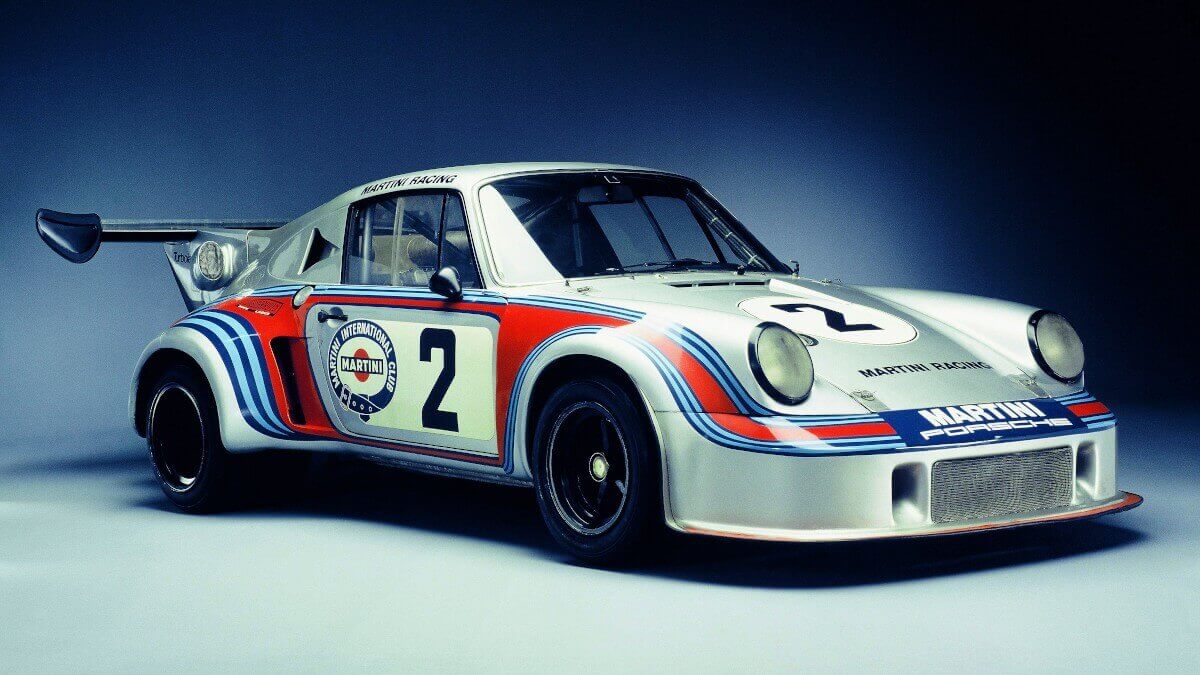

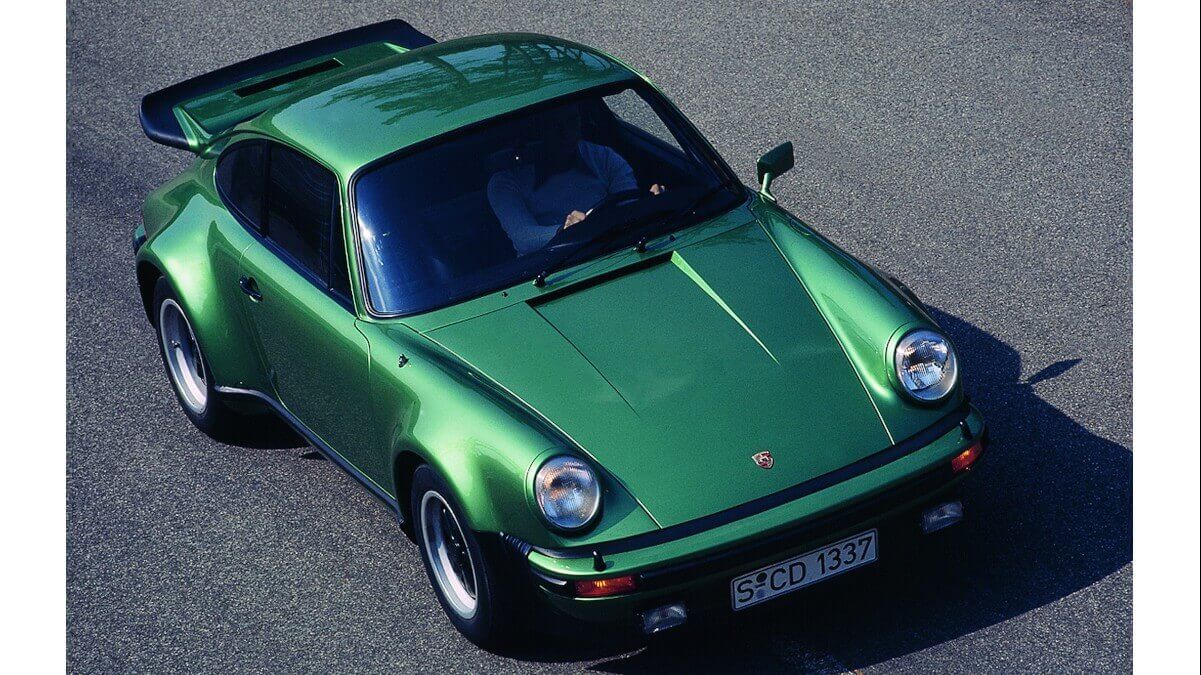

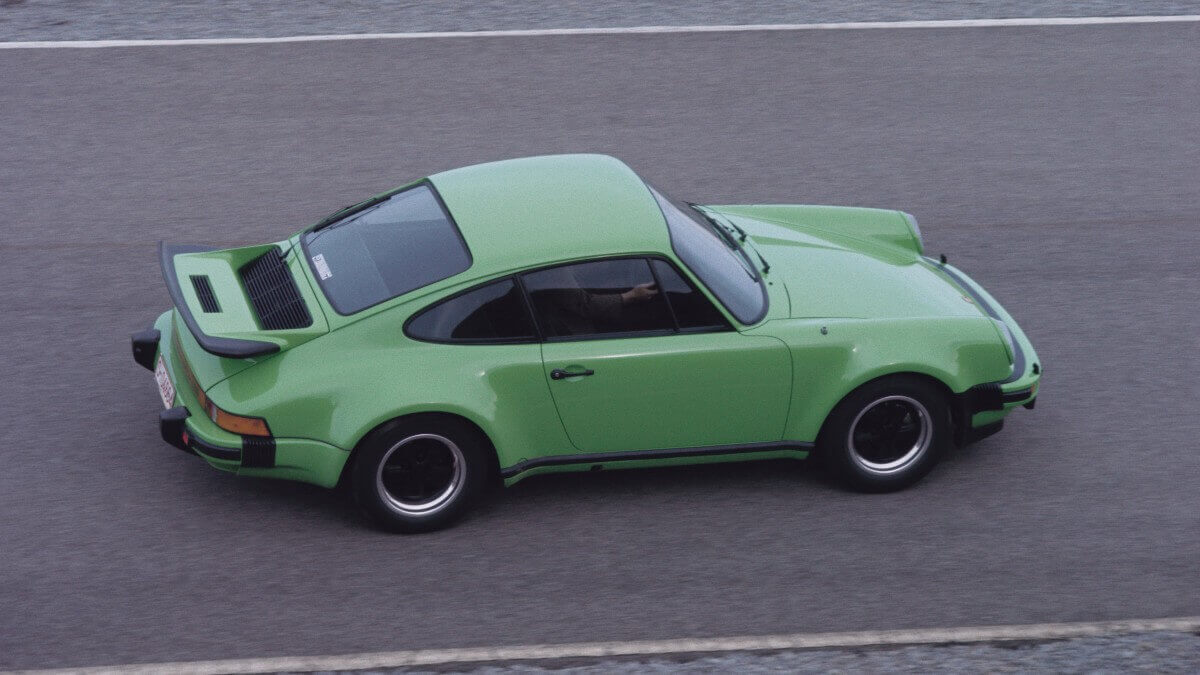





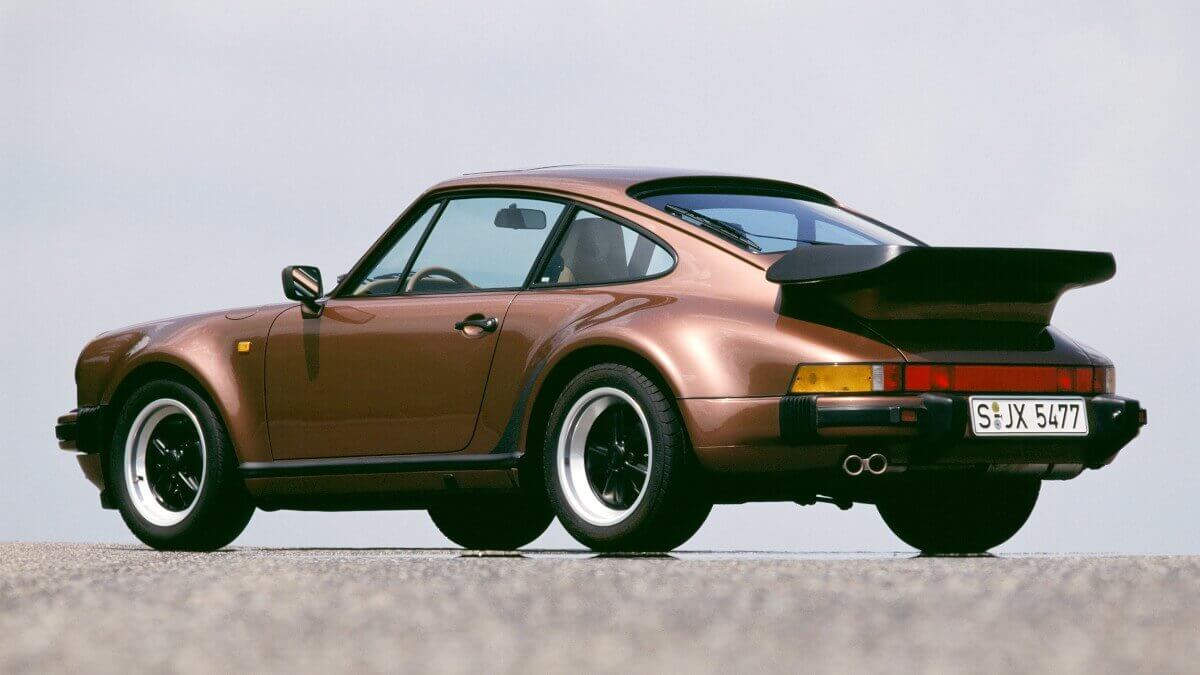



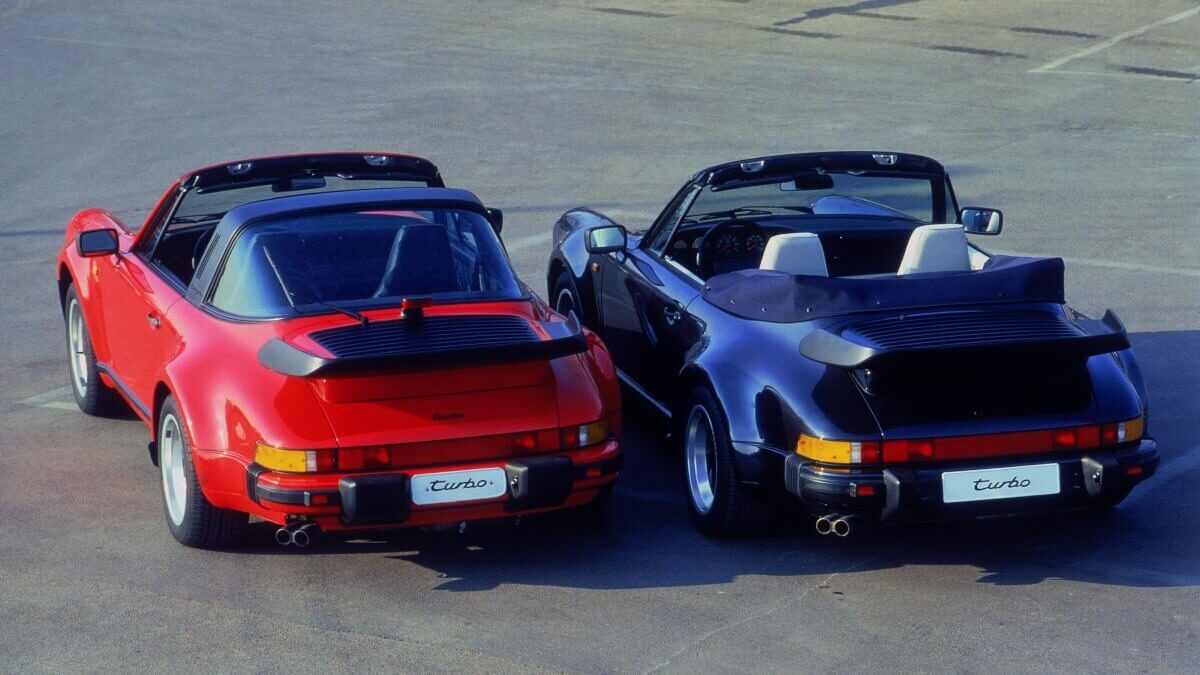

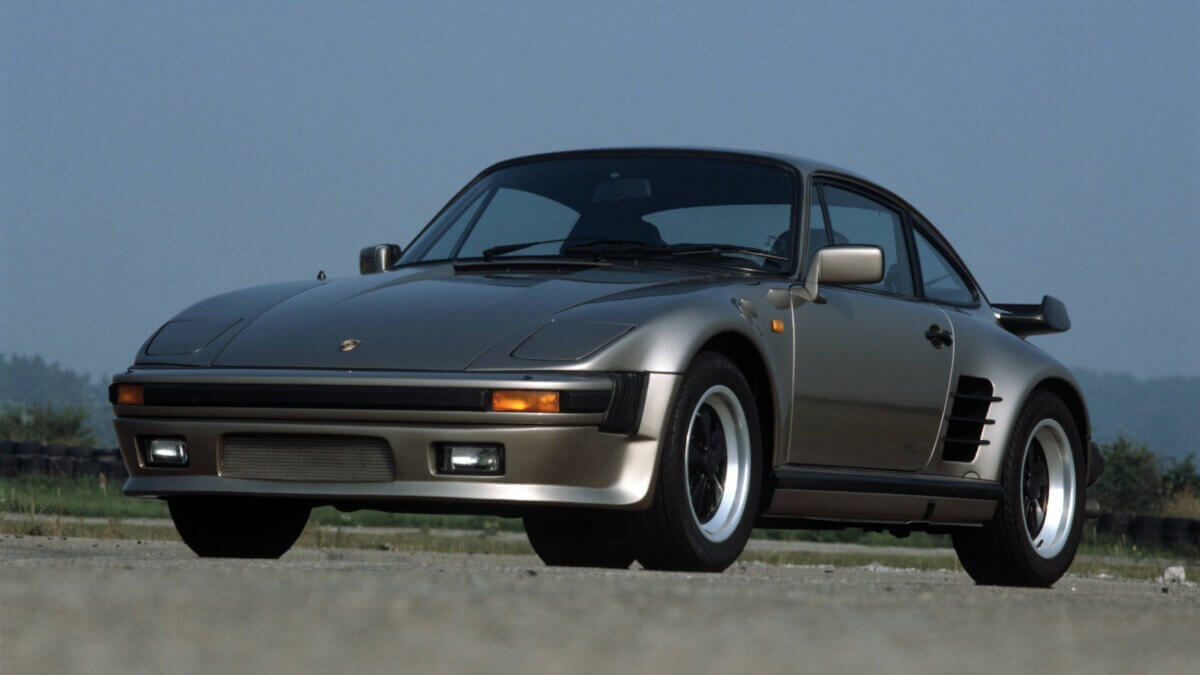



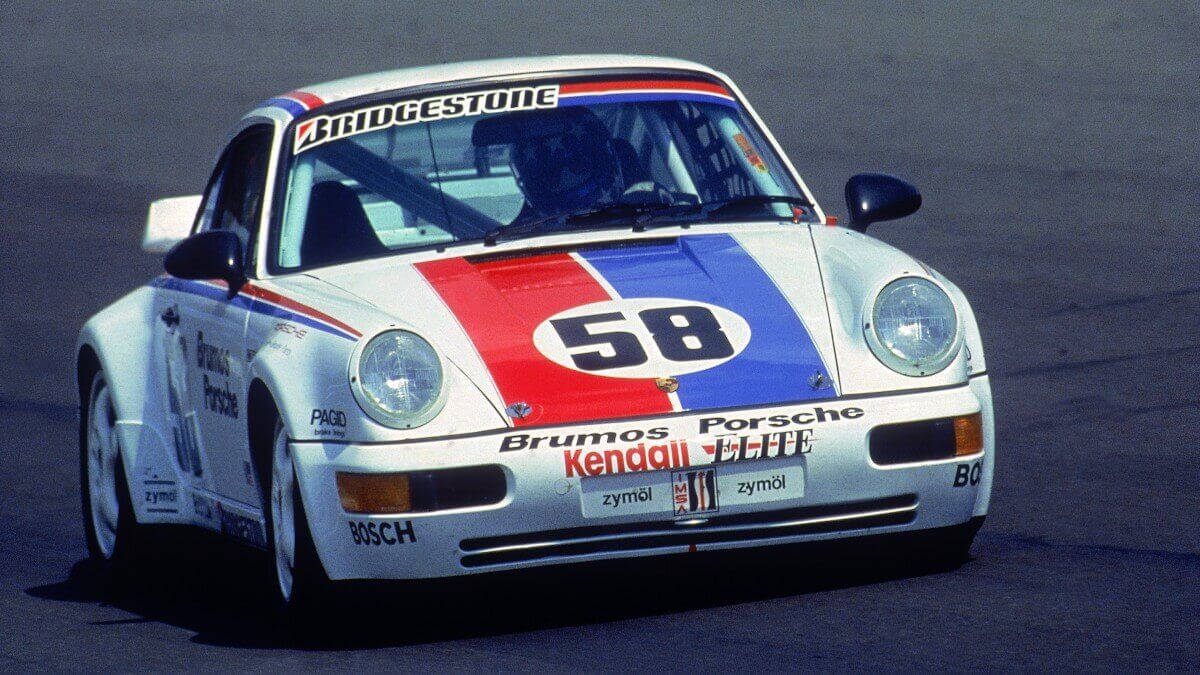

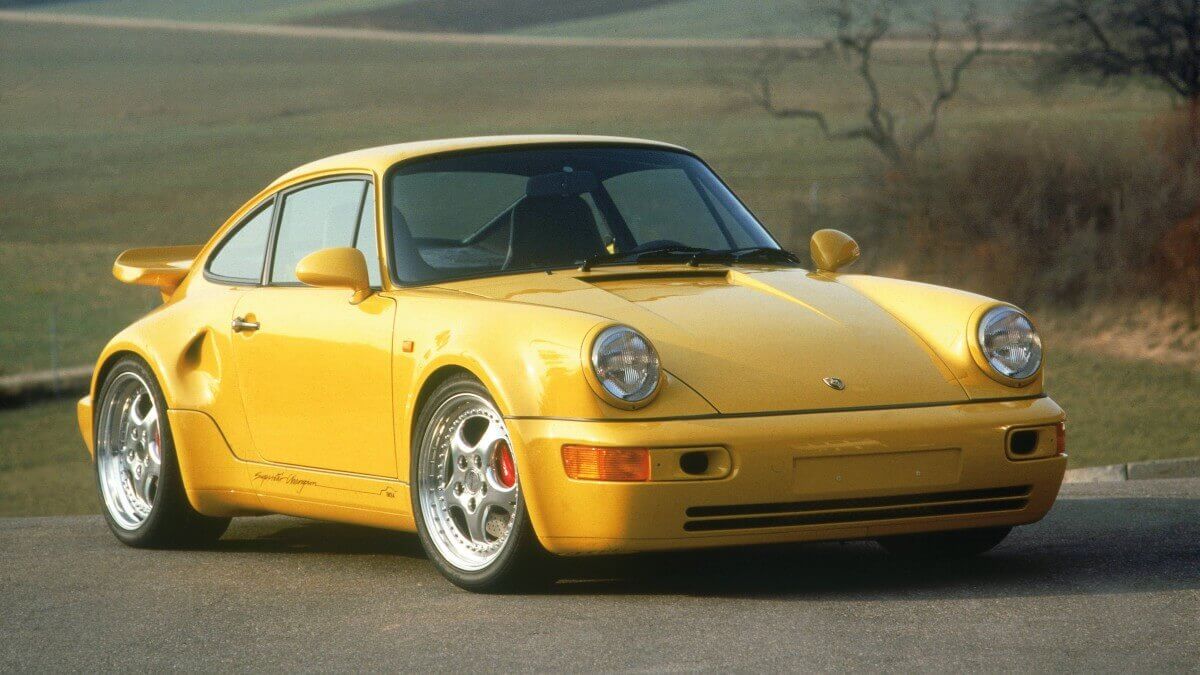







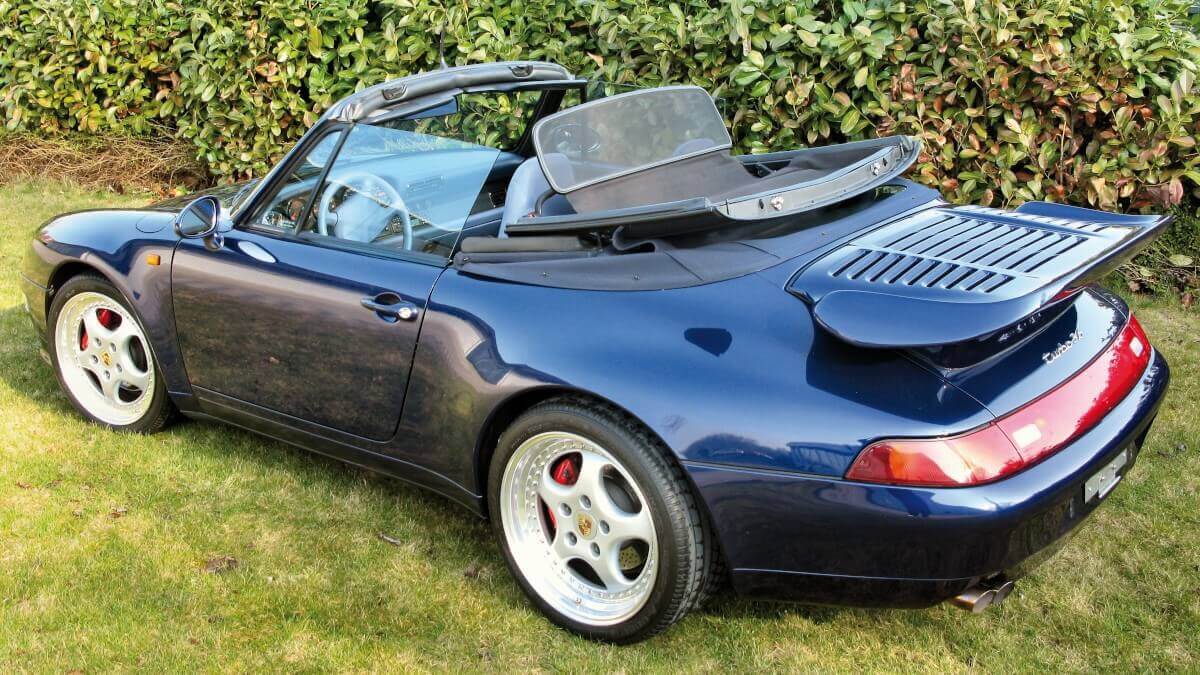

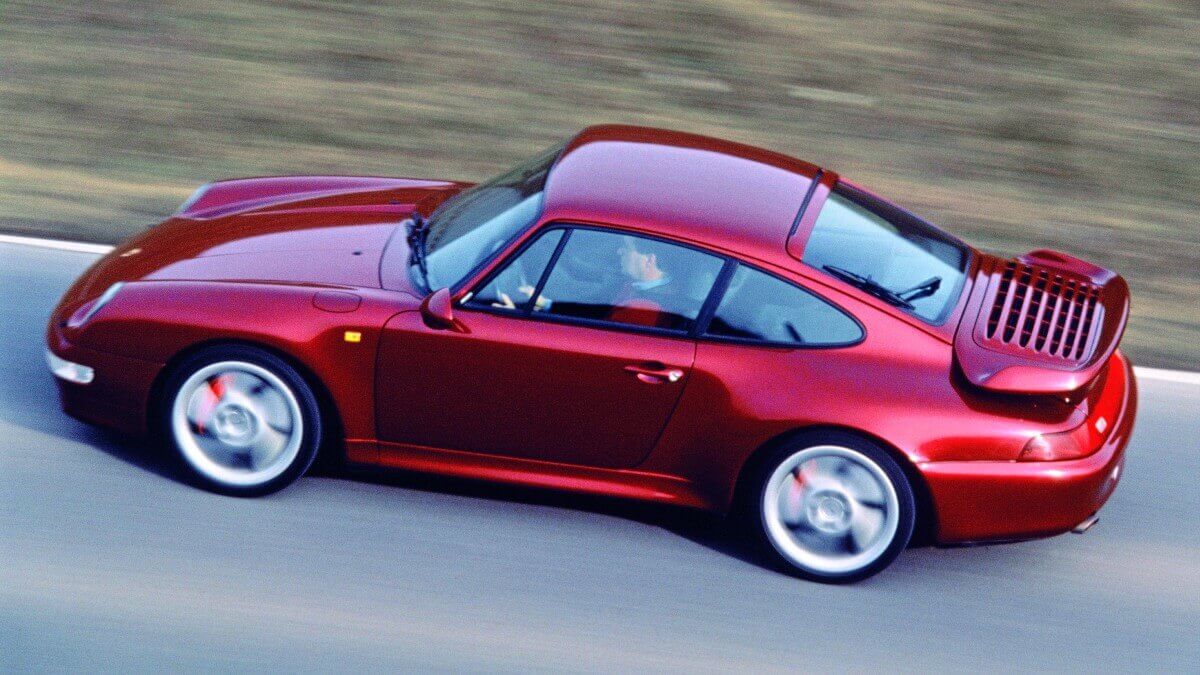

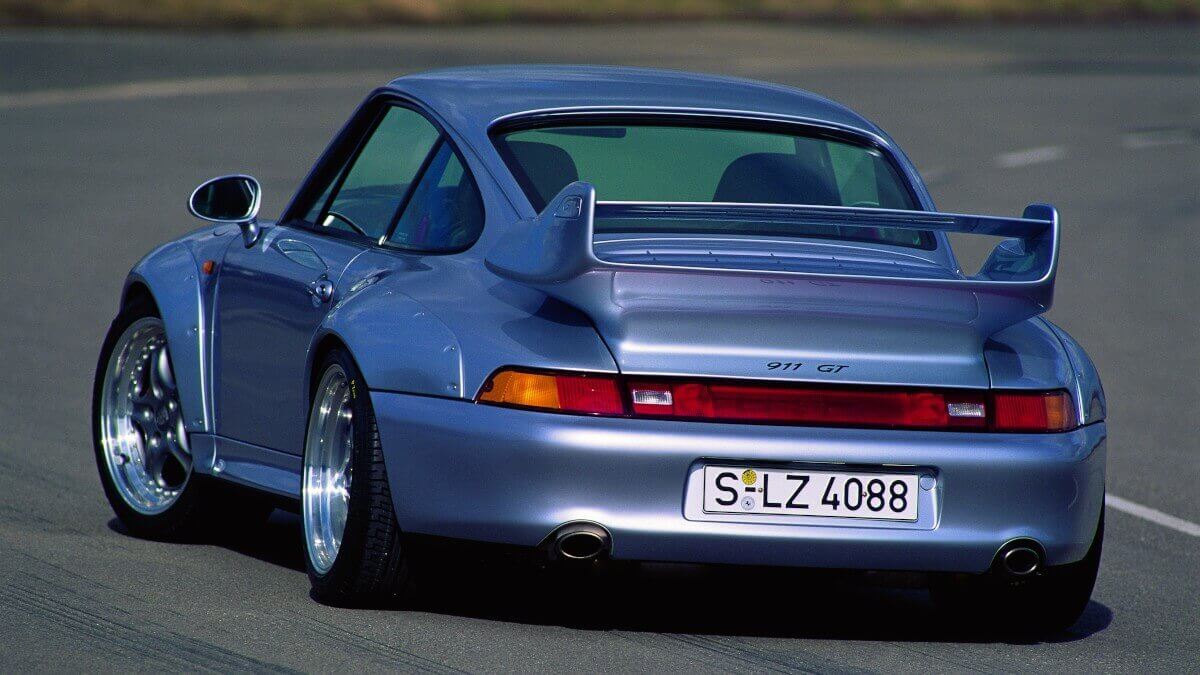



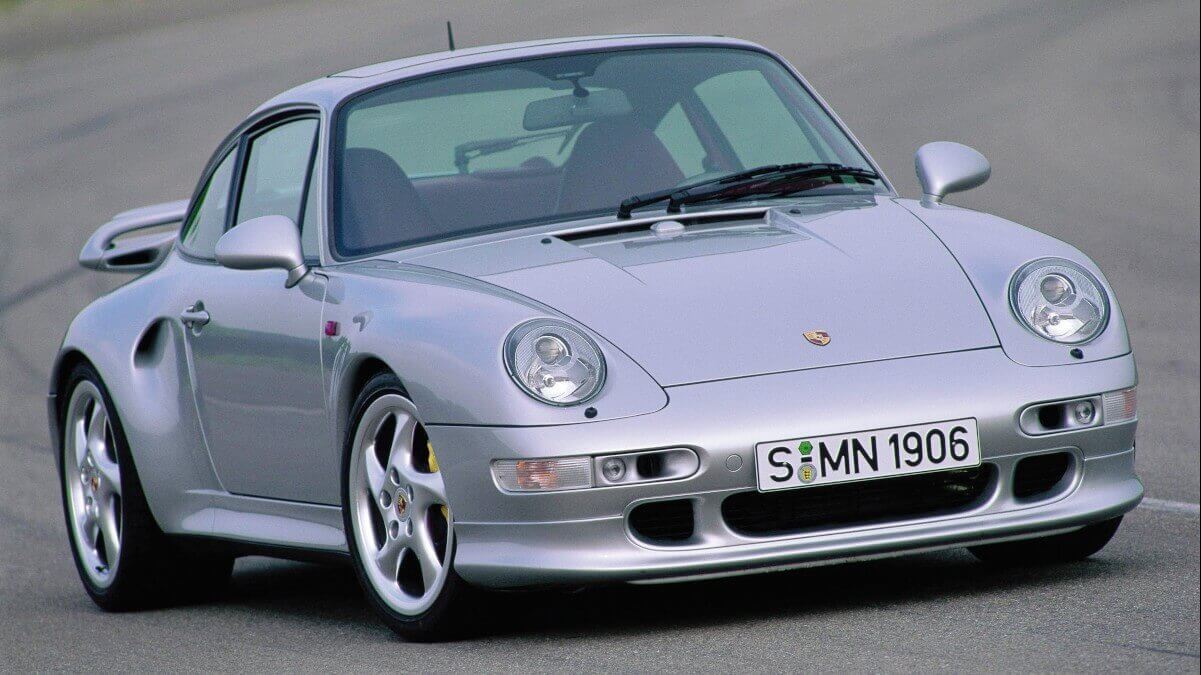



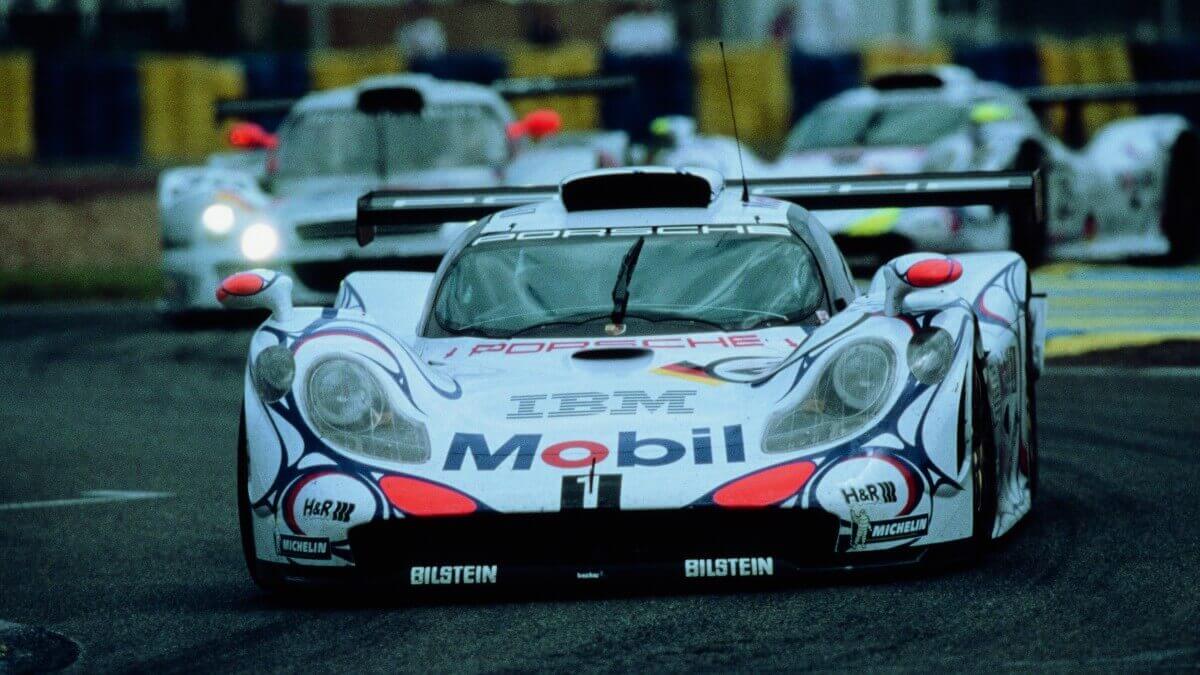



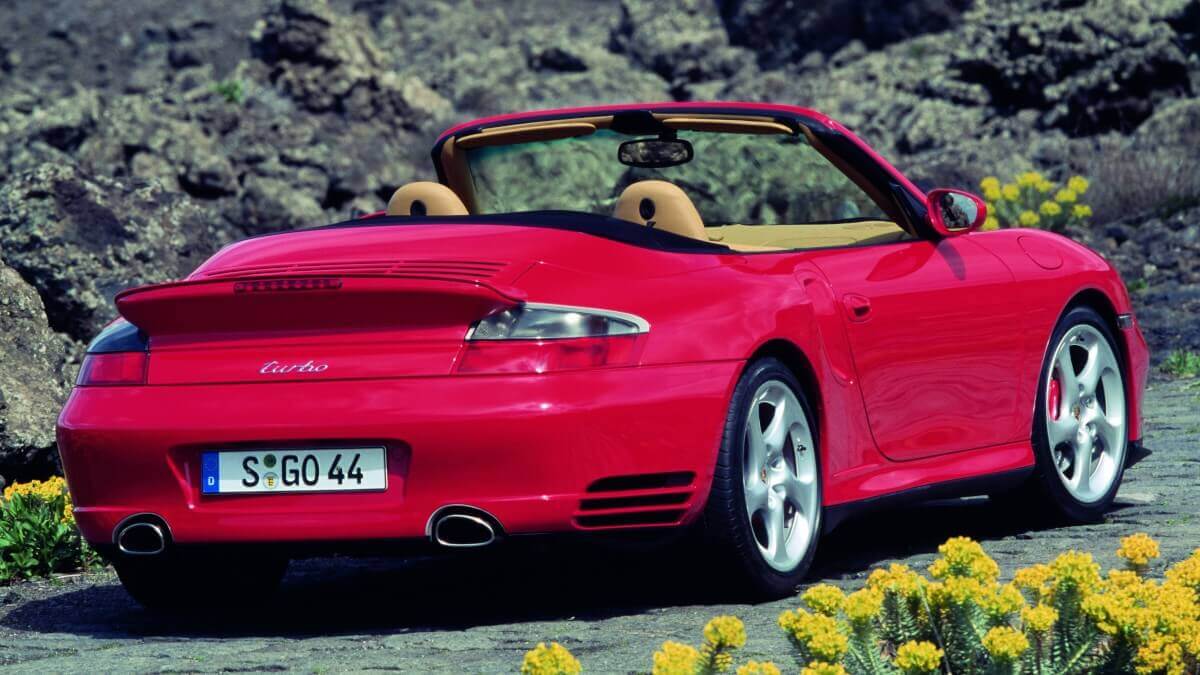

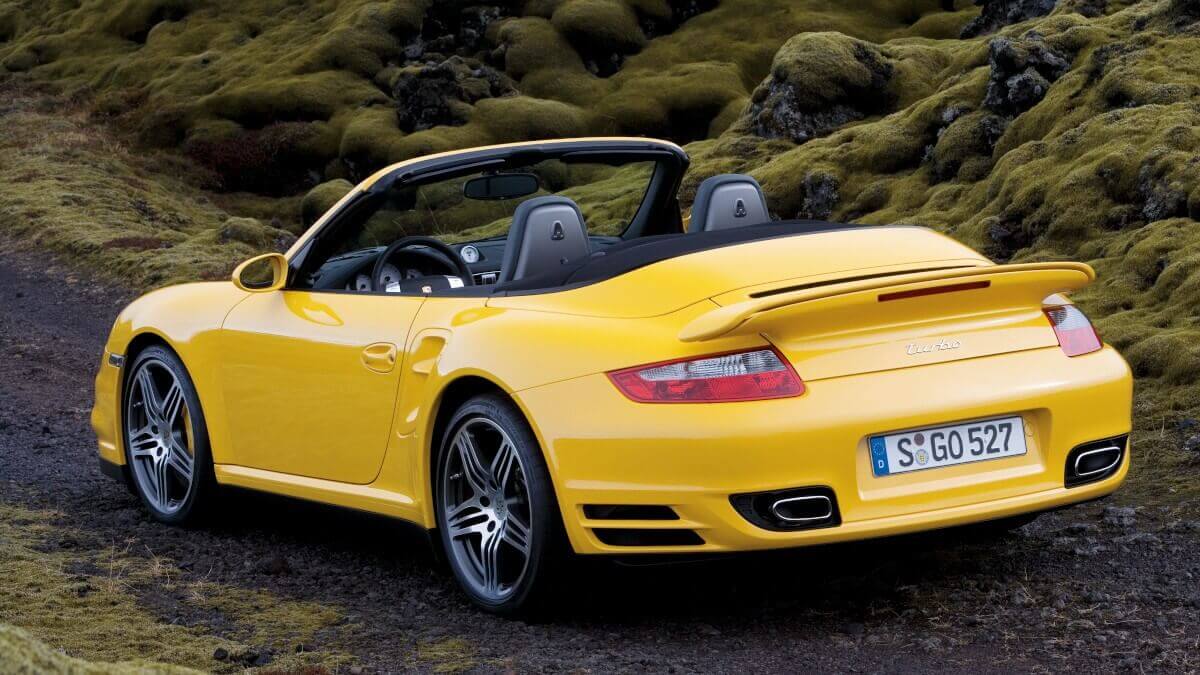

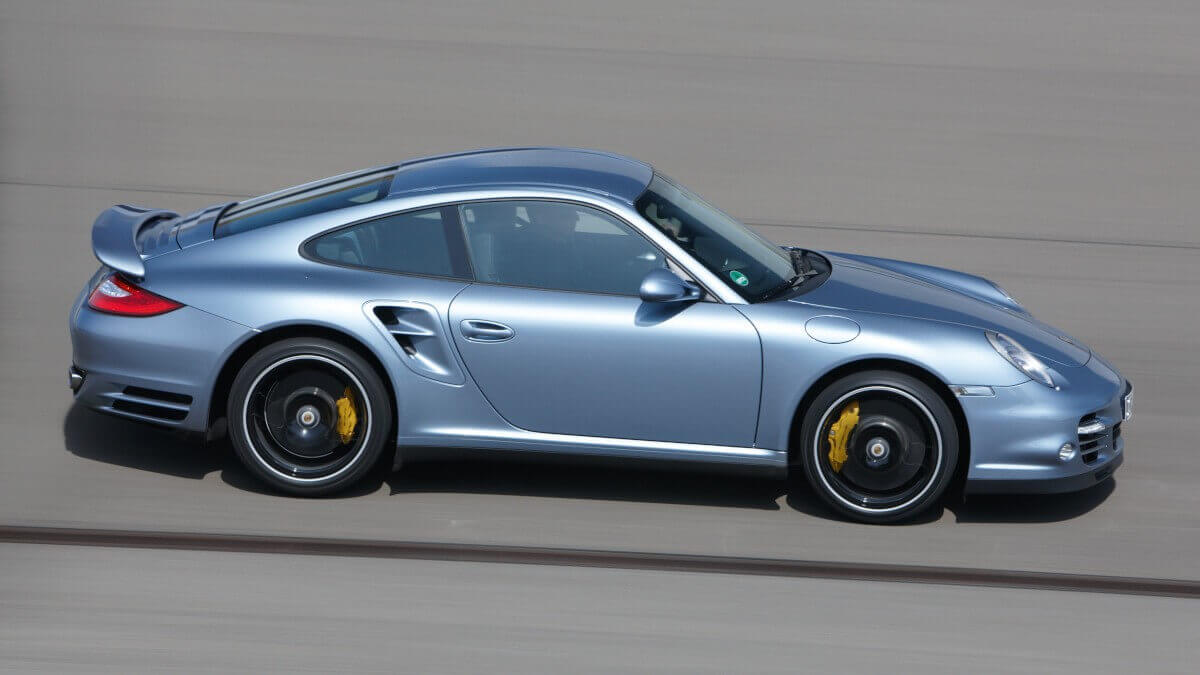



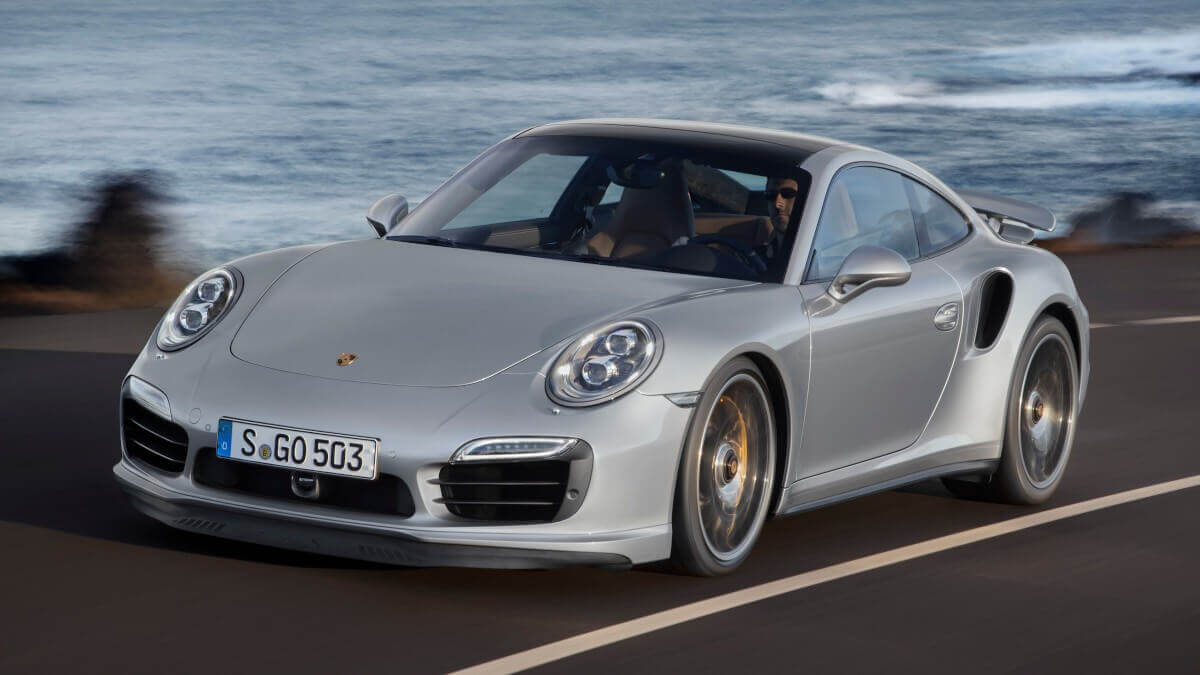



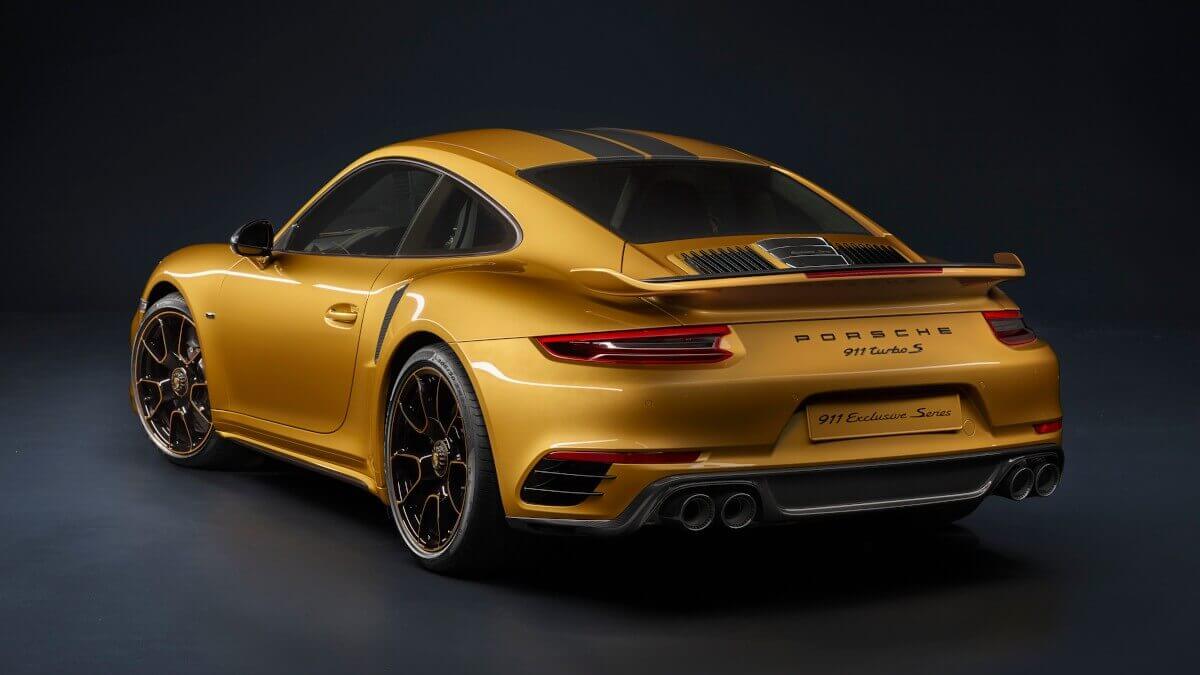

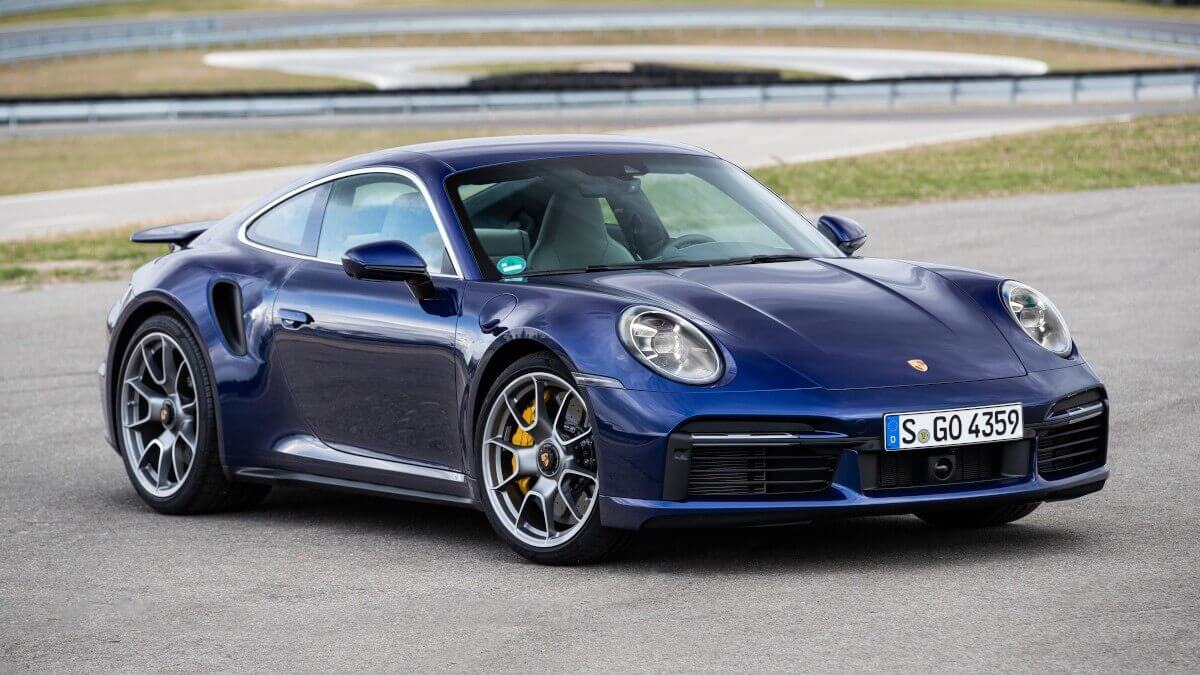



911 (996) Turbo and GT1
Due to its construction with carbon monocoque and mid-engine layout, the 911 GT1 doesn’t really belong in this story. However, since it was assigned to the 911s by name and has a turbo engine, we will at least mention it briefly. The original version with the light units of the 993 was followed in 1997 by an Evo version with improved aerodynamics and the lamps of the 996 model generation. As both versions only achieved a few racing successes and, in addition, the regulations of the GT1 category were changed in 1998, the 911 GT1/98 finally followed as a completely new development with right-hand drive and extremely improved aerodynamics. In the FIA GT season again only a few successed were achieved, but the prestigious 24 Hours of Le Mans went to Porsche. The 911 (996) Turbo only made its debut at the end of 1999 for the 2000 modelyear, retaining its four-wheel drive and 3.6-liter displacement, but now with 420 hp and Variocam system, i.e. variable adjustment of the intake camshafts and intake valves. From the end of 2001 there was another WLS package to 450 hp, which became standard in the Turbo S from 2003. This was also the first time that the carbon-ceramic brake system (PCCB) was fitted as standard. In addition to the Coupé, there was finally a Cabriolet available again.
911 (997) Turbo
The next Turbo generation based on the 911 (997) was released in 2006. For the first time, Porsche used turbochargers with variable turbine geometry (VTG), i.e. air guide vanes that adjust their angle depending on the response characteristics. At low engine speeds, they are steeper in the exhaust gas flow, allowing the turbochargers to respond much earlier to eliminate the notorious turbo lag. From a capacity of 3.6 liters, the engineers now drew 480 hp and 620 newtonmeters of torque, which could be increased to 680 newtonmeters for a short time using the overboost function. One year after the Coupé a Cabriolet variant followed. For the 2009 facelift, the engine received direct gasoline injection and a power increase to 500 hp. On request, customers could now order the innovative dual-clutch transmission, which put an end to the rather unpopular Tiptronic automatic transmission. In the Turbo S from 2010, the output rose to 530 hp. It also received light-alloy wheels with central locking as standard. One special edition model was aimed at customers who had ordered the upcoming hybrid hypercar: originally only 918 units of the Edition 918 Spyder were to be built. As far as we know, significantly fewer cars rolled off the production line.
911 (991) Turbo
In the respective Turbo offshoots of the 911, Porsche traditionally introduces new technologies. The 991 generation was no exception. For the first time, a 911 was equipped with rear axle steering, whose electronic control steers the wheels with or against the front wheels depending on the speed driven. With 520 hp in the Turbo and 560 hp in the Turbo S, which was available from the very beginning, new performance standards were set. From the model update in 2015, all normal 911 offshoots were also fitted with turbocharged engines. Despite this, the top model retained its designation and increased its output to 540 (Turbo) and 580 hp (Turbo S). With the Turbo S Exclusive Series, limited to 500 Coupés and 200 Cabriolets, Porsche took it another step further in 2017. In addition to a front bonnet, roof and side skirts made of carbon fibre, a performance upgrade to 607 hp was available here ex works. All 991 Turbos came off the assembly line with a seven-speed dual-clutch transmission.
911 (992) Turbo S
Interestingly, the latest generation of the 911 (992) has so far only appeared as the Turbo S. What once announced the end of production as a final special series has now become standard. The 3.8-liter engine is fitted with mirror-image VTG turbochargers with wastegates and develops 650 hp at 1.4 bar boost pressure. Directly at the market launch, customers can choose between Coupé and Cabriolet. Further versions and special editions surely will follow in the upcoming years.
Images: Porsche


